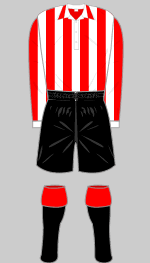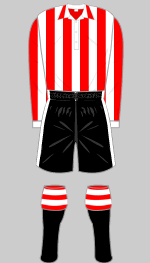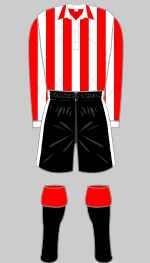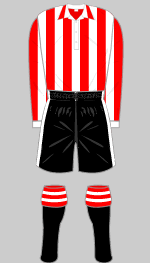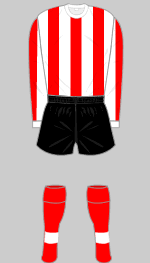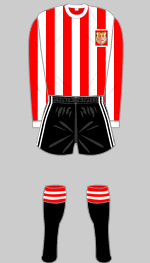Kit History
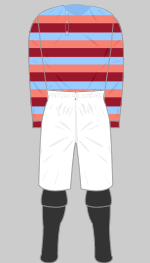
1889-1890 a H
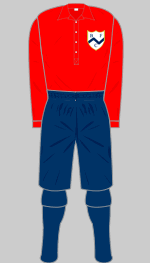
1892-March 1895 I
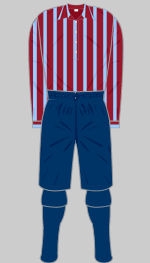
April 1895-1901 o C J
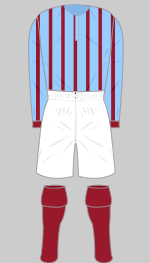
1901-1903 o H K
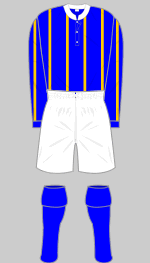
1903-1904 o

1904-1905 o
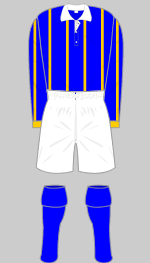
1905-1906 t
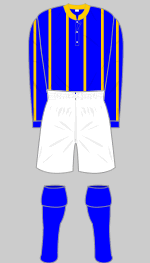
1906-1909 o
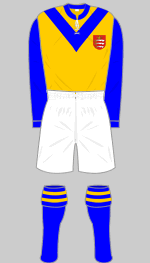
1909-1910 o
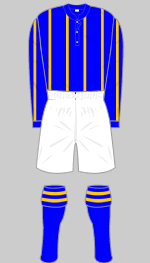
1910-1914 o
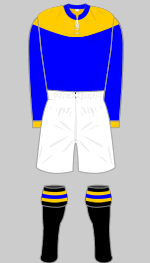
1914-1920 o E
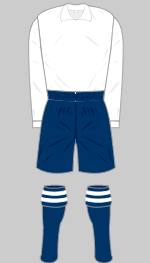
1920-1925 o F
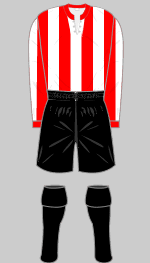
1925-1927 u N
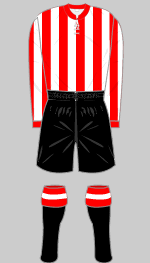
c1927-1931 c l o
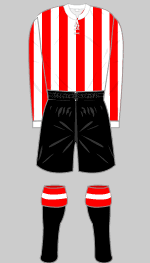
1931-1932 x
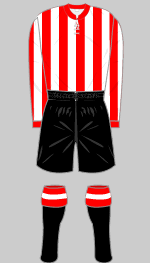
1932-1933 u
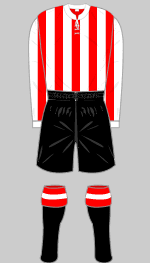
1933-1934 o
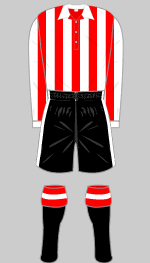
1934-1938 o
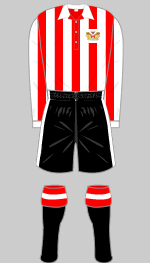
1938-1939 i k B
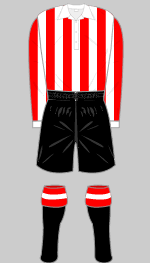
1939-1940 u
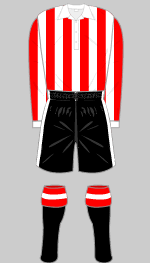
1942-1948 i o u
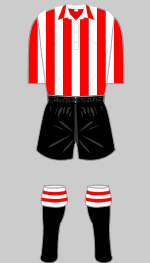
1956-1957 o
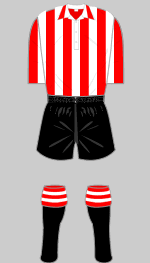
1957-1958 o
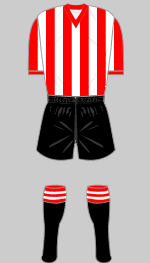
1958-1959 o

1959-1960 o
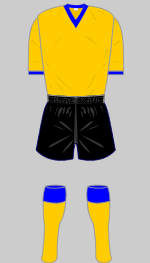
1960-1961 o

1961-1962 o
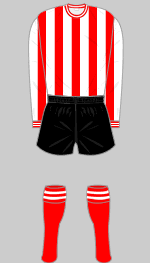
1962-1964 o x
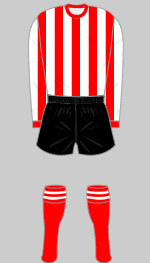
1964-1965 o
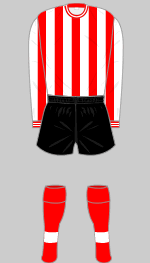
1965-1966 u L
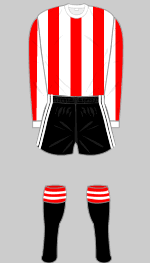
1966-1967 j
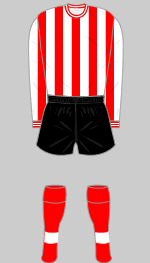
1968-1969 d
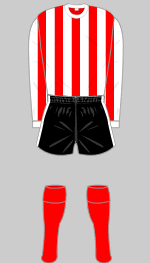
1969-1970 A
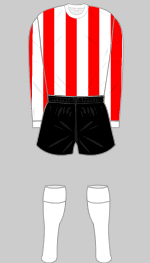
1970-1971 o
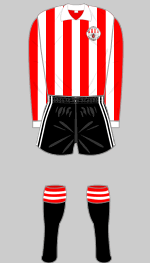
1973-1974 o B
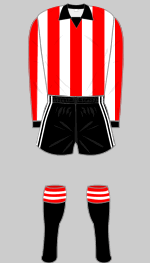
1974-1975 o
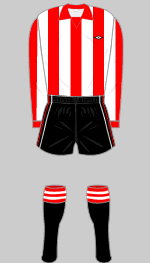
1975-1976 n q
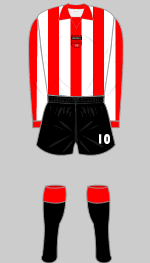
1976-1977 n
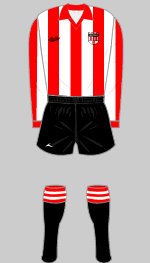
1977-1980 j n o q
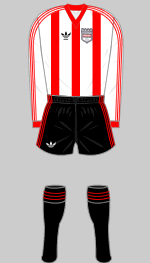
1980-1981 m
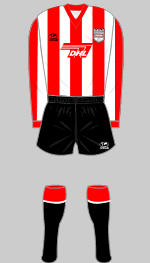
1981-1982 o
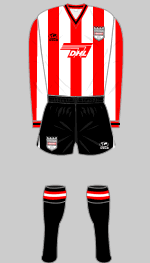
1982-1983 g

Aug-Dec 1983 o
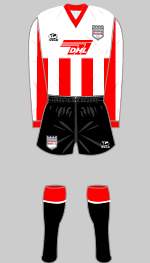
Jan-May 1984 v
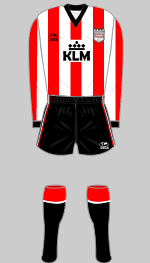
1984-1985 o
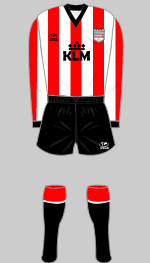
1985-1986 o v
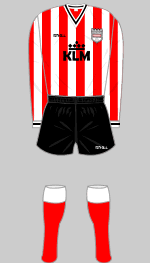
1986-1987 o v
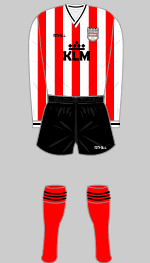
1987-1988 o v
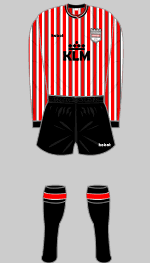
1988-1989 o s v
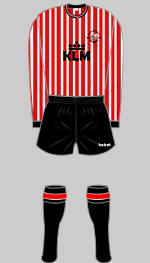
1989-1990 o s v

1990-1992 h i p s v
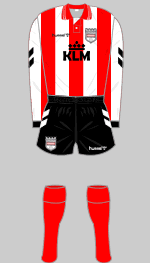
1992-1994 i p v
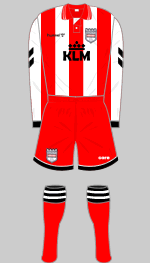
1994-Feb 1995 i s z
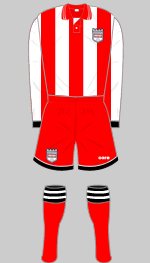
Feb-May 1995 v M
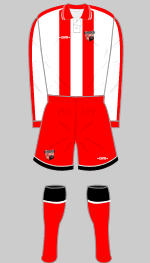
Early 1995-1996 G
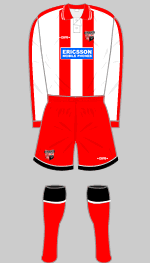
1995-1996 y
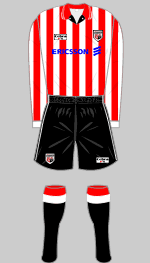
Aug-Dec 1996 j z
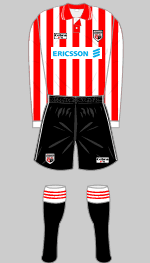
Jan 1997-1998 i z

1998-2000 i
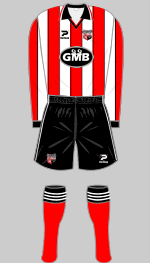
2000-2002 i
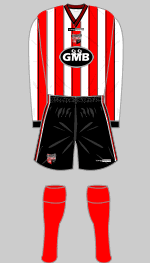
2002-2003 i
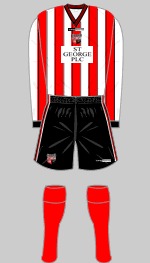
2003-2004 i
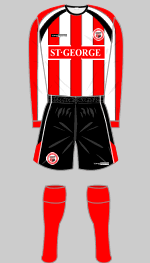
2004-2005 i v
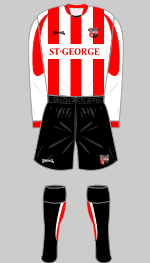
2005-2006 a
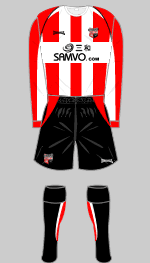
2006-2007 a
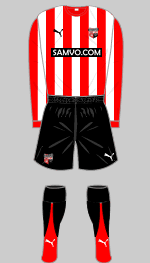
2007-2008 a r
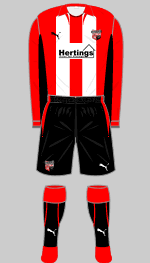
2008-2009 a r
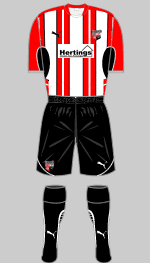
2009-2010 a
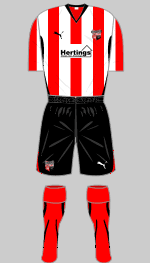
2010-2011 a
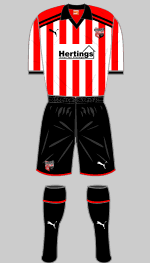
2011-2012 a
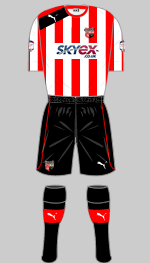
2012-2013 a
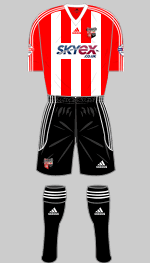
2013-2014 a
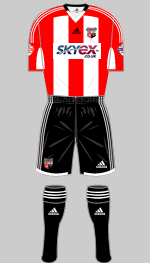
2014-2015 a
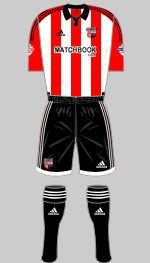
2015-2016 a
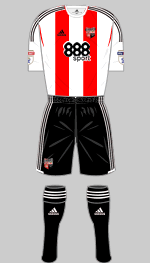
2016-2017 a
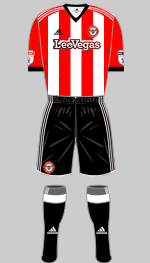
2017-2018 a
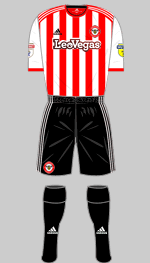
2018-2019 a
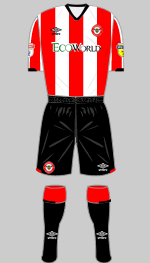
2019-2020 a
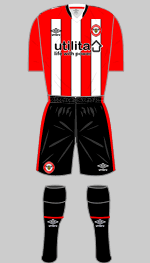
2020-2021 a
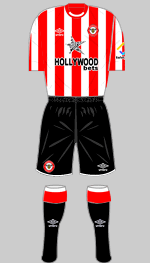
2021-2023 a
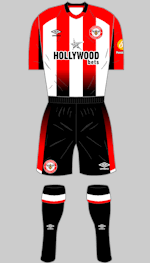
2023-2025 * a
Background
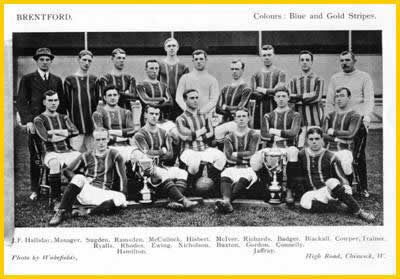 Brentford was formed as an
offshoot of the Brentford Rowing Club at a meeting held in the Oxford
and Cambridge Hotel at Kew Bridge. The question of which code to adopt
was left to a second meeting when, by eight votes to five, association
rules were chosen. At the same meeting, it was agreed to play in the salmon,
claret and light blue shirts of the rowing club. Some time later these
were replaced by claret and blue shirts.
Brentford was formed as an
offshoot of the Brentford Rowing Club at a meeting held in the Oxford
and Cambridge Hotel at Kew Bridge. The question of which code to adopt
was left to a second meeting when, by eight votes to five, association
rules were chosen. At the same meeting, it was agreed to play in the salmon,
claret and light blue shirts of the rowing club. Some time later these
were replaced by claret and blue shirts.
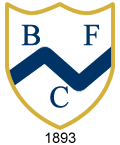 The club's nickname, "The Bees" was coined
around 1893 by students from the Borough Road College who started attending
matches and whose rallying cry, "Buck up Bs" was taken by spectators
as "Buck up Bees." This was taken up by the local press and
within a short time, the name had stuck. A team photograph from 1893-94 shows seven players wearing a crest that appears to have the club's initials and a motif that may represent the River Thames.
The club's nickname, "The Bees" was coined
around 1893 by students from the Borough Road College who started attending
matches and whose rallying cry, "Buck up Bs" was taken by spectators
as "Buck up Bees." This was taken up by the local press and
within a short time, the name had stuck. A team photograph from 1893-94 shows seven players wearing a crest that appears to have the club's initials and a motif that may represent the River Thames.
In 1898 Brentford joined the
Southern League but a year later they were fined and suspended for a month
by the FA for breaching the amateur rules. As a result they turned professional.
In 1903 they adopted the gold 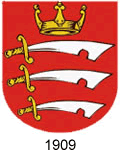 and blue racing colours of their patron,
Lord Rothschild and a year later they moved into their present home, Griffin
Park. According to 100 Years of Brentford (1989), “Just
before the (1909-10) season started, a long time supporter of the club donated them a set of jerseys. The colours he had chosen were not the
traditional gold/blue stripes though, consisting instead of a gold body
with a blue ‘V’ on the front, a blue collar, blue laced front
and sleeves and they also bore a badge bearing the Middlesex County
arms. The kit was based on a design first worn by Manchester Utd in the
1909 Cup Final. Brentford were not in a position to look such a gift horse
in the mouth, for new kits were costing them about £70 a season,
so they gladly accepted the donation.”
and blue racing colours of their patron,
Lord Rothschild and a year later they moved into their present home, Griffin
Park. According to 100 Years of Brentford (1989), “Just
before the (1909-10) season started, a long time supporter of the club donated them a set of jerseys. The colours he had chosen were not the
traditional gold/blue stripes though, consisting instead of a gold body
with a blue ‘V’ on the front, a blue collar, blue laced front
and sleeves and they also bore a badge bearing the Middlesex County
arms. The kit was based on a design first worn by Manchester Utd in the
1909 Cup Final. Brentford were not in a position to look such a gift horse
in the mouth, for new kits were costing them about £70 a season,
so they gladly accepted the donation.”
After 12 modest seasons in the Southern League
First Division, Brentford were relegated to Division Two in 1912. After
the end of World War One, Brentford were elevated to a reconstituted Southern
League Division One and, as a result, they became founder members of the
Third Division of the Football League in 1920, changing their colours
to plain white shirts for the occasion. After surviving re-election in
their first season, the Bees settled into mid-table obscurity. The now
famous red and white stripes were introduced for 1925-26 and there followed
a series of strong campaigns between 1930 and 1933 that brought them the Third
Division (South) championship. In 1935 Brentford shocked everyone by winning
the Second Division title and taking their place in Division One.
Far from being out of their depth, the newcomers finished fifth in their
first 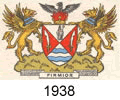 ever season at the top level and in sixth position for the two seasons
after that.
ever season at the top level and in sixth position for the two seasons
after that.
For the 1938-39 season, Brentford added a crest to their shirts. Details are not confirmed although it seems most likely this was the coat of arms of Brentford & Chiswick.
After the six year interruption caused by the Second
World War, Brentford's fortunes took a turn for the worse. Relegated at
the end of the first League season in 1947, they dropped back into the
Third Division (South) in 1954. In 1960, in an effort to change their luck, the club revived their old gold and blue colours but to no effect.
At the end of the season they were 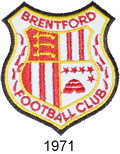 relegated to the Fourth Division. The
stripes returned and Brentford were Fourth Division champions the following
season but there was to be no dramatic return to the higher levels of
the League. For the rest of the decade and throughout the 1970s, Brentford
moved between the bottom two divisions.
relegated to the Fourth Division. The
stripes returned and Brentford were Fourth Division champions the following
season but there was to be no dramatic return to the higher levels of
the League. For the rest of the decade and throughout the 1970s, Brentford
moved between the bottom two divisions.
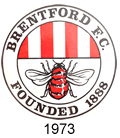 In 1972 the club organised a competition to design a new crest, which was won by Mr BG Spencer's design. This was introduced in 1973 but later dropped when it was pointed out that the year of Brentford's formation was incorrect. A new design appeared in 1976.
In 1972 the club organised a competition to design a new crest, which was won by Mr BG Spencer's design. This was introduced in 1973 but later dropped when it was pointed out that the year of Brentford's formation was incorrect. A new design appeared in 1976.
During the 1980s Brentford enjoyed
a long, settled spell in the Third 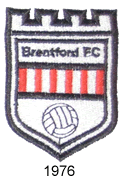 Division which came to an end in 1992
when they won the championship and promotion to the Second Division (renamed
Division One following the formation of the Premier League) after a 45-year absence. They lasted
for only one season before returning to Division Two (the old Third Division). This period saw the team wear white shorts with their traditional striped tops for the first time in the first part of the 1983-84 season. After a poor run that took the Bees into the relegation zone, their manager, John Docherty, restored the familiar black shorts.
Division which came to an end in 1992
when they won the championship and promotion to the Second Division (renamed
Division One following the formation of the Premier League) after a 45-year absence. They lasted
for only one season before returning to Division Two (the old Third Division). This period saw the team wear white shorts with their traditional striped tops for the first time in the first part of the 1983-84 season. After a poor run that took the Bees into the relegation zone, their manager, John Docherty, restored the familiar black shorts.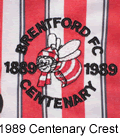
In 1989 the club celebrated their centenary and for the 1989-90 season the usual crest was replaced with a cartoon bee surrounded by suitable wording, one of the worst special anniversary crests ever produced, mercifully retired after just one season.
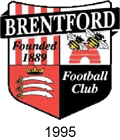 In February 1995 the club anounced that it's 14 year association with KLM had come to and end and that the team would wear unbranded shirts, featuring a new crest, Until the end of the season. Designed by supporter, Andrew Henning, the new badge combined the beehive motif with the Middlesex arms and the team's traditional red and white stripes.
In February 1995 the club anounced that it's 14 year association with KLM had come to and end and that the team would wear unbranded shirts, featuring a new crest, Until the end of the season. Designed by supporter, Andrew Henning, the new badge combined the beehive motif with the Middlesex arms and the team's traditional red and white stripes.
Relegated again in 1998, Brentford bounced straight back in 1999. In 2002 they were minutes away from automatic promotion on the last day of the season but found themselves in the play-offs instead, where they lost out to Stoke City.
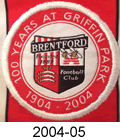 2004 marked 100 years that the team had played at Griffin Park so appropriate text was added to the crest.
2004 marked 100 years that the team had played at Griffin Park so appropriate text was added to the crest.
in January 2006 the club was taken over by the Brentford Supporters' Trust (known as Bees United) and Greg Dyke, former Director-General of the BBC and a fan of the Bees was appointed chairman. Their fortunes did not improve and in 2007 they were relegated to League Two, the fourth tier but in 2009 they won the League Two championship and returned to the third tier. In August 2009, Bees United entered into a partnership with Matthew Benham, a professional gambler and CEO of Smartodds, to inject finance and 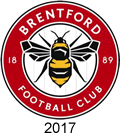 management expertise into the club. In 2012 Bees United sold their majority shareholding to Benham who bought a nearby plot on which a new ground will be built. Their run of success continued and in 2014 they were promoted to the Championship.
management expertise into the club. In 2012 Bees United sold their majority shareholding to Benham who bought a nearby plot on which a new ground will be built. Their run of success continued and in 2014 they were promoted to the Championship.
A new crest was revealed on the club website in November 2016. Greatly simplified, the new image emphasised the club's identity as "The Bees" and was designed to maximise impact and ease of digital reproduction.
In August 2018 the club announced plans to leave Griffin Park for a brand new, purpose built stadium to hold 17,250 in time for the 2020-21 season. The move proved auspicious: the Bees finished third and won the play-off final to take their place in the top tier for the first time since 1946-47, an absence of 74 years. Against all expectations, the Bees finished in a comfortable mid-table position and, in a gesture towards making football more affordable for fans, management decided to retain the 2021-22 kit for another season, a gesture they repeated for 2023-25.
Sources
- (*) Graphic by Daniel Stoker
- (a) Brentford FC Official Website
- (b) Club Colours (Bob Bickerton 1998)
- (c) Bristol Rovers FC - Images of Sport (Mike Jay)
- (d) Football Focus
- (e) Hull City FC - Images of Sport (C Elton)
- (f) Football Cards
- (g) Swindon Town FC - Images of Sport (Richard Mattick 2000)
- (h) Crewe Alexandra FC - Images of Sport (Harold Finch 2001)
- (i) empics
- (j) Kit Classics
- (k) One Hundred Years of Goodison Glory (Ken Rogers 1992)
- (l) The Football Encyclopaedia (Associated Sporting Press 1934) - information provided by Arthur Fergus
- (m) Ralph Pomeroy
- (n) Pete's Picture Palace
- (o) Robin Pearson
- (p) Brendan Nevin
- (q) Alick Milne
- (r) Football Shirt Culture
- (s) Paul Briers
- (t) The Lord Price Collection
- (u) Keith Ellis (HFK Research Associate)
- (v) Nick Bruzon
- (x) Simon Monks
- (y) Jon Jones
- (z) Richard Essen
- (A) John Taylor
- (B) Paul Briers
- (C) Brentford FC Official Site
- (D) brentfordfcmemorabilia
- (E) Gary Drew
- (F) Lancashire Evening Post (19 June 1926) submitted by Richard Essen
- (G) Old Football Shirts
- (H) 100 Years of Brentford Football submitted by Richard Essen
- (I) Middlesex Independent (various reports October 1892-March 1894) submitted by Richard Essen
- (J) Middlesex Independent (various reports April 1895-November 1896) submitted by Richard Essen
- (K) Middlesex Independent (16 October 1901) submitted by Richard Essen
- (L) The Senior Tigers Club
- (M) Brendan Nevin
- (N) Brentford FC Official Handbook 1925-26 submitted by Brendan Niven
Crests are the property of Brentford FC.



